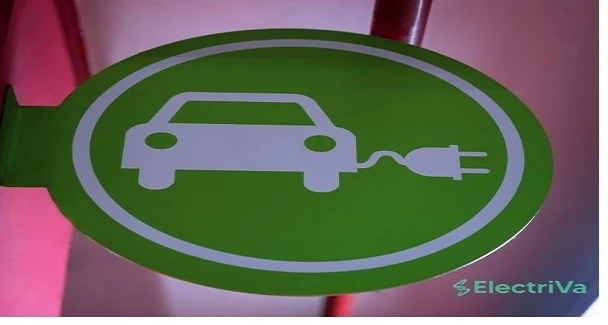Before buying an electric vehicle, know the available charging infrastructure. Emerging EV entrepreneurs and resellers should know about the different charger levels. It helps invest in the correct software and hardware tools to power the vehicle of various makes and models.
Understand the difference
EV levels denote the charging station’s power output. Higher electrical output means the EV will enjoy faster charging.
Level 1: This charging type has a nozzle cord plugged into the 120V electrical outlet. A new EV comes with a nozzle card. It is also called a portable cable or emergency charger cable. Most passenger EVs have an inbuilt J plug or SAE-J1772 charge port. The latter supports Level 1 and Level 2 charging stations.
Benefits: This type doesn’t require additional software, hardware, or extra setup. It is more affordable. Hence, those seeking chargers for residential use find it a convenient choice. However, a full battery charge may take about 24 hours. Hence, those requiring covering a long distance might find it impractical.
Level 2: They require 240V electric outlets for charging. Hence, they charge the vehicle much faster compared to Level 1 chargers. It is because of the higher energy output. The driver has to use the built-in J plug to attach the nozzle cord to the Level 2 charger. These chargers can intelligently charge the vehicle, bill customers appropriately, and adjust power levels.
Benefits: They are ideal for commercial places, apartments, retail spaces, university campuses, etc. Moreover, they offer multiple options, thus providing network owners and resellers with optimum flexibility. The software works with diverse OCPP-compliant chargers. It allows managing devices from a single central hub. Type 2 charging station in New Delhi are increasing in popularity.
Level 3: This charging type uses DC (Direct Current) to power EVs. Charging is faster than Level 1 and 2 chargers. They are called superchargers or DC chargers because they can charge the vehicle in an hour. However, the car requires, special components such as a CHAdeMO plug or a Combo or CCS (Combined Charging System) plug.Benefits: They are installed along highways and the main thoroughfares, enabling passenger EVs to use them. Heavy-duty and commercial EVs benefit immensely from such chargers. A network or fleet operator may combine Level 2 and 3 chargers when using compatible software.
Are the chargers interchangeable?
EV owners may set up a Level 1 charger in their garage to recharge their vehicle overnight. They may drive their vehicles to the nearest mall or commercial place to use the Level 2 chargers while they shop. However, when using Level 3 chargers, it is necessary to maintain precautions to protect the vehicle’s battery. Vehicles having smaller batteries, like compact or plug-in hybrid models, should avoid using DC fast chargers.
Comparison
Level 1 uses 1.3 and 2.4kW AC, while Level 2 uses 3kW to about 20kW AC. On the other hand, Level 3 uses 50 to 350kW DC. Level 1 offers a 3.11-mile range per hour charging mileage. It takes about 24 hours to charge the battery. Level 2 offers a 20-30-mile range and requires overnight charging. Level 3 offers about 20 miles range a minute while a full charge is done in under an hour.Residential apartments and single-family homes use Level 1 chargers. Most residential commercial complexes use Level 2 chargers. Level 3 is used for commercial purposes for passenger and heavy-duty EVs.Things to consider
Each charger is unique and offers diverse benefits. It is worth knowing about them in detail to make the correct decision. More complex and faster chargers involve higher maintenance and installation costs. You may mix and match the different charger levels based on your vehicle model and charging requirements. Consider the aspects carefully to protect your vehicle and its battery.


